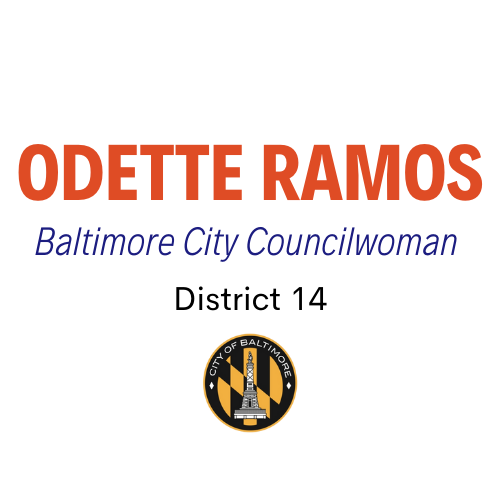Introducing In Rem 2.0
This evening, I'm introducing another tool to address vacant and abandoned properties. I call it In Rem 2.0. The initial version of In Rem allows for the City to foreclose and take possession of a vacant property or vacant lot if the liens exceed the assessed value of a vacant property. This next version expands this tool to allow for the City to foreclose when the liens are below the value of a vacant property or lot, and not current. Since the City only owns less than 1,000 vacant properties, this tool is going to be critical to acquire properties and then make them available for rehab or demolition in a whole-block strategic way.
The first step is to acquire the vacant properties from the derelict owners. Out of approximately 13,600 properties that have been designated vacant and abandoned, Baltimore City only owns less than 1,000 of them and half of the vacant lots. It is not possible to have a whole block strategy when all of the City owned vacants are scattered across the entire city.
For two neighborhoods in the 14th District with a total of 455 vacant properties, 28% are currently eligible for In Rem 1.0 and 56% of the 113 privately owned vacant lots are also eligible for In Rem 1.0. These properties have liens higher than the assessed value of the property.
In Rem 2.0 will allow the City to foreclose on the vacant property or vacant lot when the liens are in arrears and the value of the liens are below the assessed property value. The City would have to pay the difference between the value and the liens in these cases. In the 14th District, out of the previously mentioned 455 vacant properties, an additional 35% of the vacant properties and 14% of the 131 vacant lots would fall under In Rem 2.0.
This means with the full complement of the In Rem tools, the City could acquire almost 65% of the vacant properties in those two neighborhoods in my district and make them available for renovation. Many of them are on the same blocks which will allow for the whole-block solution to this crisis. This also means that in those two neighborhoods, 80% of the vacant lots can be acquired and made available for redevelopment, community gardens, farms, and more.
Unlike tax sale or receivership, vacant properties that go through In Rem do not need to be auctioned off to the highest bidder. The City can make the properties available to partners who have relationships with community, or community members themselves, to help rebuild the neighborhood.
I look forward to working with my colleagues on passage of this critical legislation.
